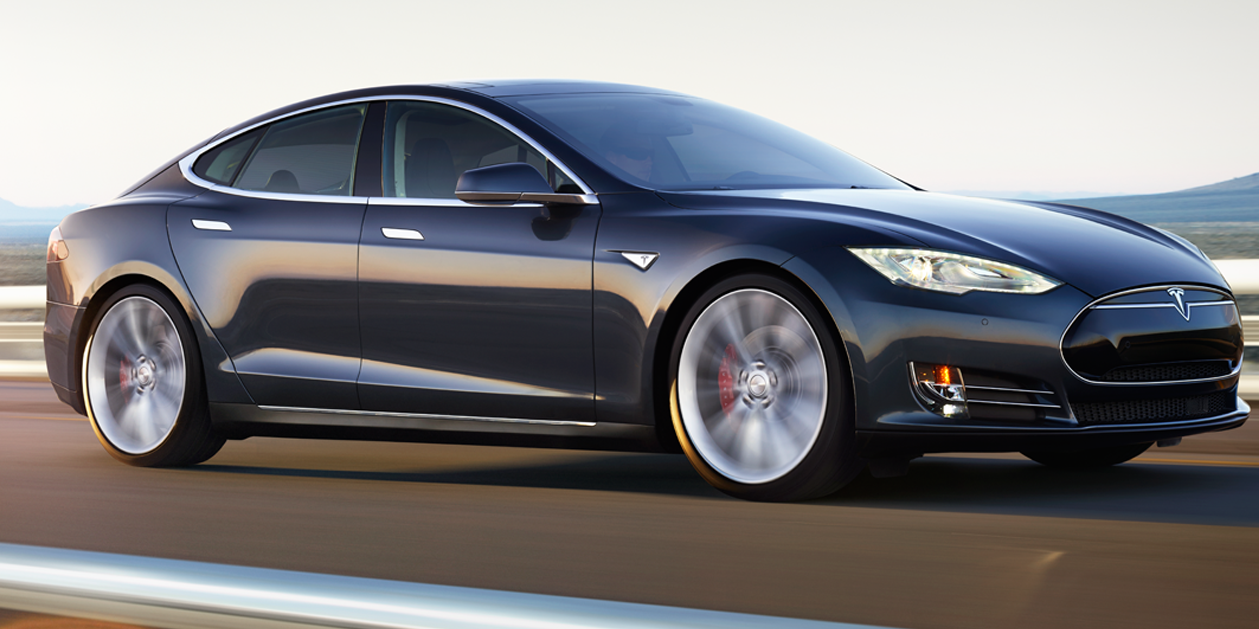Tesla Motors shareholders Mark Peters and Elizabeth Farrell Peters had a simple request for the electric-car maker at its annual meeting in June: Stop offering leather interiors and make Tesla the first “cruelty-free” premium brand.
Shareholders rejected the proposal after Tesla’s board said it would delay production of its electric cars. But Tesla CEO Elon Musk seemed intrigued.
“We’ll look into it,” he said. Last month, the Peterses took delivery of a leather-free Tesla Model S, the second one in their Hurst, Texas, garage.
For car buyers like the Peterses — who have been vegans for more than two decades — leather-free choices are limited. The car-buying site Edmunds.com says 78% of 2015 model-year vehicles have standard leather seats on at least one trim level. In other words, buyers content with basic models can get cloth seats and plastic steering wheels, but as they add options like better engines, heated seats or upgraded speakers, they usually have to add leather seats.
Edmunds says 79 vehicles in the 2015 model year don’t require buyers to get leather at any trim level. Those include the Toyota Prius hybrid, the BMW 3 Series and the Volkswagen Jetta. But even some models with cloth or faux-leather seats — like the plug-in hybrid Chevrolet Volt — still have leather-wrapped steering wheels.
That’s not likely to change any time soon. Most customers worldwide equate leather with quality, richness and comfort, says Mel Stephens, a spokesman for automotive seat-maker Lear Corp.
“Vinyl is good, but leather is better,” he said. “People like natural materials.”
Luxury automakers, including Audi and Cadillac, said requests for non-leather interiors are rare. Even when they get them, high-volume automakers can’t necessarily stop the assembly line and make a personalized car. Ford won’t replace leather seats at the factory, for example, but said dealers could install different seats if a customer requests them.
David Peters of DLP Advisors, a leather-industry consulting firm, forecasts continued growth in automotive leather over the next decade as luxury car sales increase worldwide, particularly in China. Automakers used around 2 billion square feet of leather in 2014, or around 45 million cow hides; that was 17% of the global supply of hides. By 2025, that could grow to 25%, Peters said.
A vehicle interior usually requires two or three hides; some high-end luxury vehicles, like the Rolls Royce Phantom, use as many as nine.
Environmentalists and animal rights groups said leather tanneries pollute land and water with chemicals like chromium, which the U.S. government classifies as a carcinogen. Raising, processing and transporting livestock also accounts for an estimated 14.5% of all greenhouse gas emissions, according to a 2013 report by the United Nations Food and Agriculture Organization.
Mark Peters was driving a BMW 3 Series with faux-leather seats when he decided to look at a Tesla Model S because he wanted an electric car. Tesla offers cloth seats on case models, but he was annoyed by the standard leather-wrapped steering wheel and the fact that he couldn’t get options like heated seats without upgrading to leather. He contacted Tesla in 2012; after a little haggling, the company promised him the non-leather options he wanted at no extra cost, including a hand-built, non-leather steering wheel. He got the car in June 2013.
A year later, the couple decided to order another Tesla, but the premium package they wanted, with perks like trunk lights and a power lift gate, required them to get a leather-wrapped dashboard. This time, Tesla wouldn’t budge, so they got a stripped-down, leather-free version, but weren’t happy and traded it in. It wasn’t until after Tesla’s annual meeting in June the company relented and let them purchase a premium, leather-free Model S.
The Peterses remain hopeful that Tesla will switch to completely leather-free interiors, a move that could have ripple effects across the industry.
“When we buy something, we vote with our dollars,” Mark Peters said.










